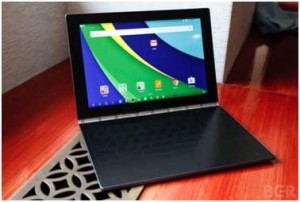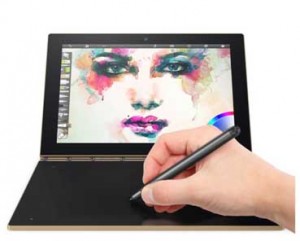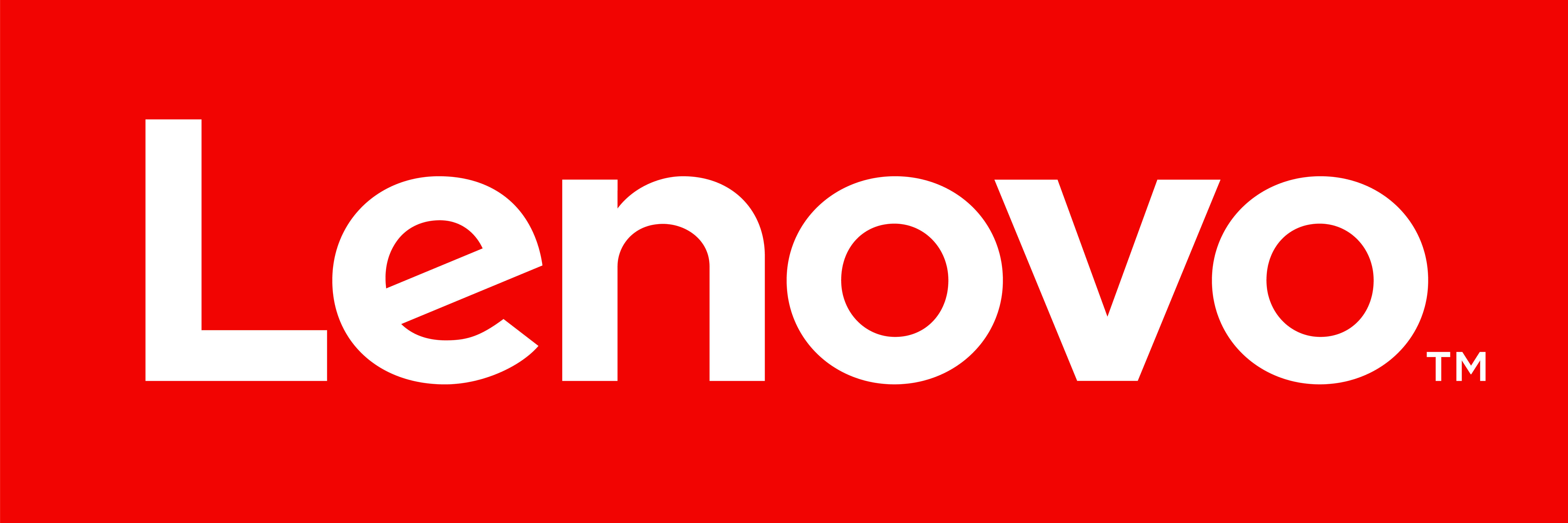Lenovo is now focusing over presenting the whole range of devices with touch panel instead of a hard keyboard. It is going to be visible  soon in its Chromebook and a line of 2-in-1 Yoga books that will be the sleek folding laptops with stunning secrets inside. In the absence of keyboard, there will be a a versatile touch panel that will turn into a smartphone like digital notepad, a draw pad or a virtual keyboard.
soon in its Chromebook and a line of 2-in-1 Yoga books that will be the sleek folding laptops with stunning secrets inside. In the absence of keyboard, there will be a a versatile touch panel that will turn into a smartphone like digital notepad, a draw pad or a virtual keyboard.
This latest touch technology with touch input panels and a back lite virtual keyboard is going to be a really big deal for the company and  is the part of Lenovo’s ambitious attempt to break the decades old habit of using the one dimensional hard keyboard. With the price of $499 and powered by Windows or Android, the Yoga Book will be the first product by Lenovo with the highly featured touch panel replacing the traditional hard keyboard to type, draw or taking notes. The projected shipment date of the product line is still not revealed by the company.
is the part of Lenovo’s ambitious attempt to break the decades old habit of using the one dimensional hard keyboard. With the price of $499 and powered by Windows or Android, the Yoga Book will be the first product by Lenovo with the highly featured touch panel replacing the traditional hard keyboard to type, draw or taking notes. The projected shipment date of the product line is still not revealed by the company.
In an interview Jeff Meredith, vice president of Lenovo and general manager of Android and Chrome Computing Business Group, said, “More devices under the Yoga Book brand will follow, and the touch input panel will also go into an upcoming Chromebook. You’ll probably see products in both the Android and Windows systems. Most likely you’ll see a product in the Chrome ecosystem.”
He further describes Yoga Book as an interesting device having full HD 10.1-inch touch screen that could be easily used as a laptop as well as a tablet. As a big considerable point, the estimated battery life of Yoga Book is never going to be hurt by this innovative input panel. In order to take notes, a regular paper can be placed on the input panel and it can be entered into the device. Furthermore, there will be an additional ink pen to serve as a stylus.
It wasn’t an easy decision to remove the hard keyboard, which has been battle-tested on computers for decades. The new input panel took two years to develop and test and will appeal to a young, mobile-first crowd used to virtual keyboards on mobile devices, Meredith said.
The concept of virtual keyboard holds a nice popularity potential in Chromebooks. These devices are now more compatible with Android Apps and accepted as an undeniable part of the modern educational environment. “Students love to draw and write with a pen, and the input panel will provide that capability”, Meredith said. “That versatility is not available with hard keyboards, which can restrict a child’s creativity”.
While working with Yoga Books, the virtual keyboard panel has to be turned off in order to take notes with a stylus or draw objects. The company has made a comprehensive two year study and found that after a few month’s use of the stylus on a regular usage loss its craze, but the separate touch panel to take notes will be consistently be an appealing and attracting feature for the users. But does not mean that hard keyboards will be no longer needed. They are forever essential for heavy typist.
The Yoga book also included some mobile typing features such as auto correct and predictive text, that speeds up the typing through suggestions. Algorithms will help the device pick up user typing trends over time. Meredith acknowledged there may be some apprehension about the new keyboard, and it may take time for users to get used to typing on a touch panel. The change may be similar to the time needed for BlackBerry owners to get used to virtual keyboards on smartphones.
“If you’re banging out spreadsheets, most likely this isn’t the right product,” Meredith said. “The Yoga Book won’t immediately have optical character recognition technology for notes taken via stylus on the touch panel. The feature is planned for the future”.
Let’s check the technical features of Yoga Book. The device will be enriched with 4GB memory, 8 megapixel rear camera, 2-mega pixel front camera, 64 GB storage, and microSD slot for further expandable storage. Yoga Book is operated by Cherry Trail, an Intel Atom processor. Before making the serious efforts for developing and launching the Yoga Book, Lenovo has made a good research and testing because dual-panel laptops and tablets introduced in the past haven’t survived long. Toshiba Libretto W100 and Kno, which shipped in 2010 with full-blown color screens, didn’t stick around.
“We wanted to make sure the experience hit the mark,” Meredith said. “For those in the 20s and teens, there’s not much reluctance to a touch-based keyboard.”






